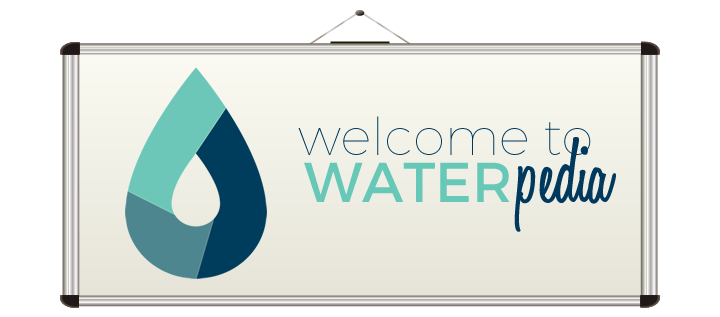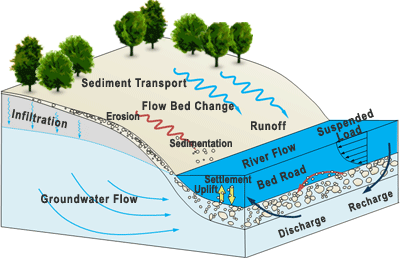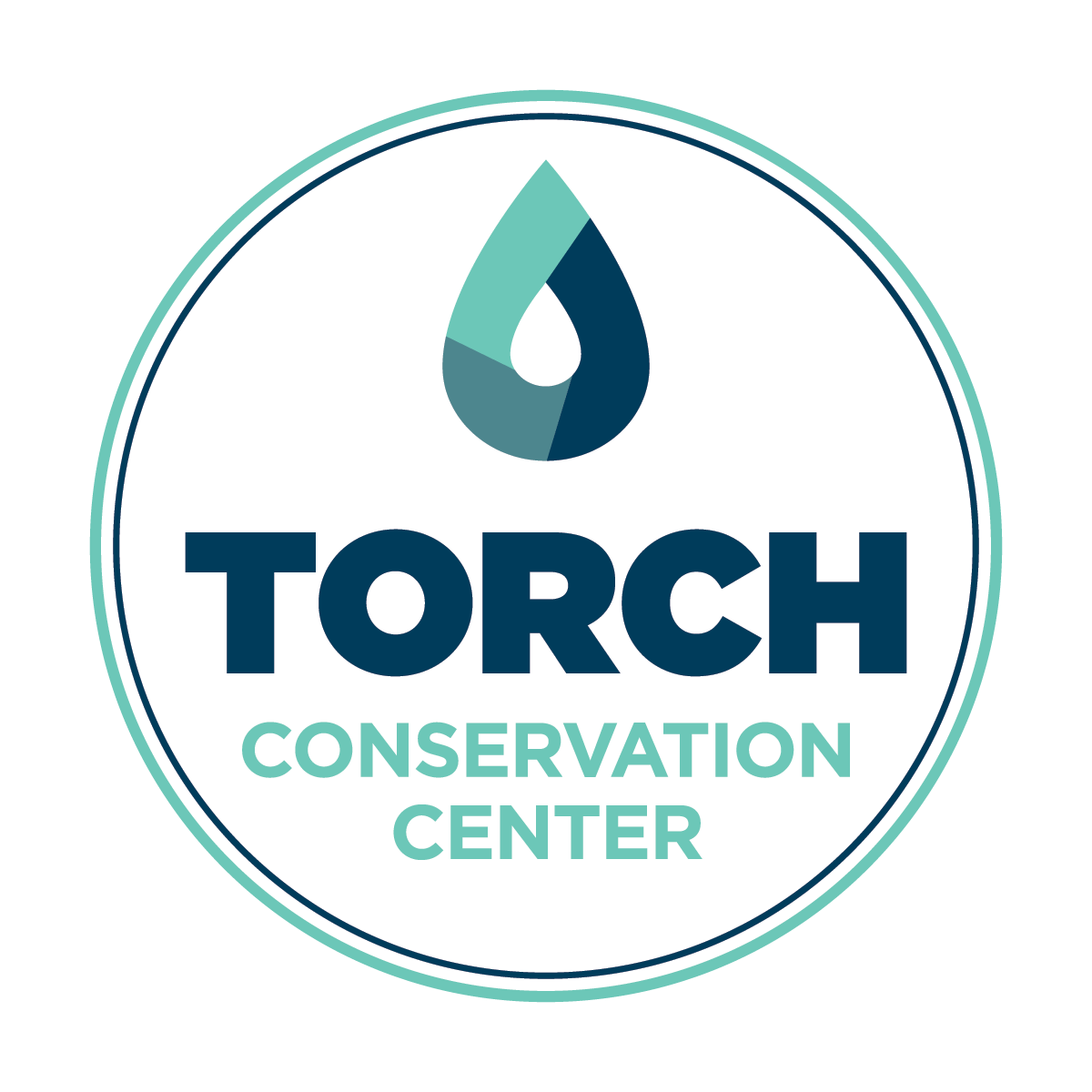

Image: USGS
Show
You Care
We know you want to enjoy the lake for many years (and generations) to come. So, we’ve put together a list of simple steps you can take to reduce the nutrients, sediments and toxins flowing into the lake and its streams.
Pump your septic tank every 3 years
Plant Natives
- Keep the natural landscape of northern Michigan around your home.
- Limit the size of your lawn.
Replant Trees
- Trees take up nutrients so they don't reach the lake.
- Tree roots hold soil that contains nutrients from eroding away into the lake.
Use Natural Lawn Fertilizers
- Too much chemical fertilizer is applied to lawns and ends up making the lake green.
Plant Rain Gardens
Plant Buffer Gardens along Shorelines
Links
Sediment
Rain Gardens
How a Rain Garden Works
Natural Shorelines
Pervious Pavement
WATERpedia: the “One-Stop Shop” for Water Science A-Z
A-E
F-M
N-S
T-Z
Don't just wish that Torch Lake will stay blue.
Choose a water-friendly lifestyle - make a difference!
